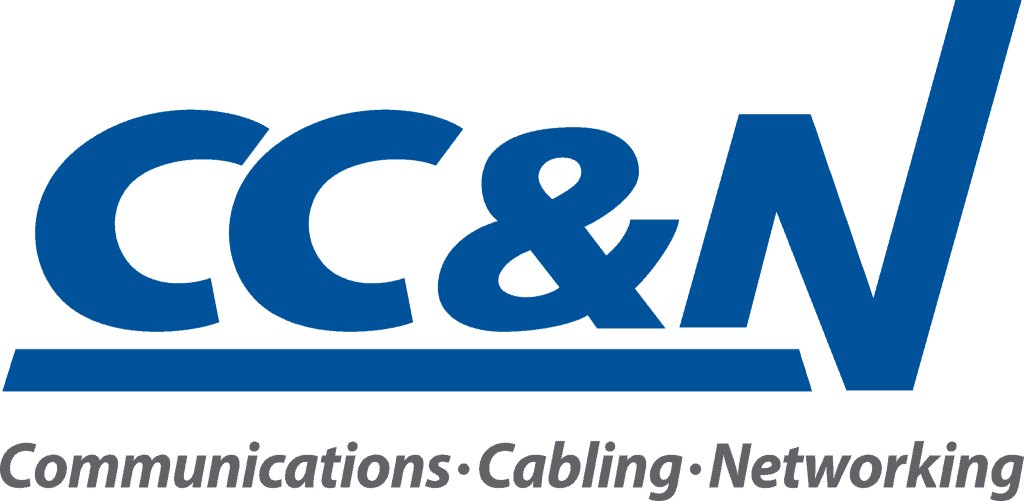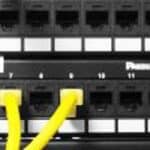In Case of Emergency
AUTHOR: GARY WOOD
Public Safety & Your Wireless Network
Has your municipality or fire protection district adopted a building code requiring an in-building wireless communications system to ensure reliable public safety coverage? Let’s discuss what you need to ensure compliance, as well as the consequences of non-compliance. Being proactive now may help you avoid your worst nightmare—in case of emergency.
In your facility, you likely have Wi-Fi services available, allowing users with electronic devices to connect to your wireless LAN (WLAN) network. That network handles voice, data and video inside your building and transmission service to outside networks. The International Fire Code 510 enacted in 2009 addresses in-building wireless coverage to ensure reliable public safety radio communications often vital to saving lives.
Know Your Ordinances
Before IFC 510 was enacted, fire codes spelled out requirements for a point of wired fire or police communications access. However, one stationery jack in one fixed location does not allow first responders to move throughout the building without losing signal. A wired headset jack at the top of a stairwell means no radio signal or communication until responders reach the top—if they can.
Today’s codes require approved radio coverage for emergency responders within your facility. Radio signal strength requirements must be met in 95% of your building, with nearly 100% coverage for stairwells and your fire control center. Elevator shafts likely require access outside the doors. Contact your municipality, code enforcement office or fire marshal to investigate your community’s requirements for indoor public safety radio coverage.
Consider Your Facility
Think about your building and where signal transmission is likely to be poor. Do you have extensive hallways, thick walls or underground tunnels? How about Low E Glass, insulating/energy efficient materials that have the side effect of decreasing cellular and other radio signals? The amount of concrete, steel and other metal in your building construction can also interfere with signal transmission.
Are you expanding your facility or planning new construction? National codes like IFC 510 require in-building public safety radio coverage for new structures that are larger than 25,000 square feet and have sub-grade space such as parking garages. Make sure your construction plans include a code-compliant public safety wireless solution. After all, your costs are much lower when the ceiling is open and easily accessible for cabling installation versus a post-construction installation.
Who is at Risk?
While all facilities owners and managers should assess their existing wireless coverage, the following groups are at greater risk for emergencies:
- Schools (from elementary through university level)
- Sport and entertainment complexes, shopping centers and theaters
- Airports and transportation centers
- Hospitals and health care centers
- Government buildings and courthouses
- Industrial and office buildings and apartment complexes
Public Safety BDA System Design
What does a public safety system look like? Typically, this is an in-building network that amplifies the Radio Frequency (RF) signal inside your facility. It uses coaxial RF cabling with a Bi-Directional Amplifier (BDA) and strategically located antennas, fed by a rooftop outdoor antenna to allow first responder radio signals to penetrate the facility. In this type of system, generalized coverage is available over most of the facility.
Cellular DAS System Design
What does a cellular Distributed Antenna System (DAS) system look like? Typically, this is an in-building DAS network that amplifies RF signal inside your facility, using a mixture of both fiber optic and coaxial cabling for maximum results. Coaxial RF cabling feeds strategically located antennas, each connected to an active fiber optic node called a Remote Optical Unit (ROU). Each floor of a facility is likely served by a fiber optic ROU, which distributes the fiber optic signal to all of the ceiling-mounted, coaxial-fed antennas throughout the floor. The ROUs communicate with the primary controller, typically located in a data center, which communicates the signals to the outside world via several rooftop-mounted antennas. This robust and extremely reliable network provides support for wireless digital handheld devices and cellular smartphones.
Can We Use a Convergent Approach?
As the need for reliable in-building wireless coverage grows, customers are now asking CC&N about convergent DAS solutions that can cover cellular carriers plus amplification for emergency communications. New DAS systems are capable of achieving this goal. Your public safety system can run along with your overall in-building communications system. This approach eliminates the need for two separate systems, maximizing cost-efficiency. You need only one set of antennas as part of the DAS configuration. At the central controller, the public safety signals are brought in along with the cellular signals. This robust equipment includes the ability to upgrade firmware remotely. The system enhances coverage, capacity, reliability and speed of communications. Signal strength and coverage are vastly improved—with better audio quality and improved data transmission.
Mission Critical Communication Chart
Your system should be to designed meet survivability standards and work in harmony with commercial cellular networks to avoid interference. Both post-installation testing and monitoring help ensure that your public safety network does not interfere with other signals in the area. An integrated system—cellular plus public safety on the same set of antennas—can meet local jurisdictional safety requirements and support everyday cellular service, ensuring coverage throughout your facility.
Our in-house DAS experts can help determine the best strategy—from a parallel design to a convergent approach—for your communications requirements.
Consequences of Non-compliance
If your newly constructed or renovated facility doesn’t pass a public safety communications test, authorities may withhold your occupancy permit until you address public safety communication requirements. For an existing structure, you may have several years to become compliant. However, if an emergency occurs, you could be facing your worst nightmare, with first responders unable to communicate clearly and delaying rescue efforts.
Benefits of Being Proactive
Planning your public safety network now can help you:
- Provide safety for building occupants, visitors and first responders
- Minimize risk of property damage
- Be compliant and avoid monetary fines or delayed occupancy
- Future-proof your network and gain cost-efficiency
- Avoid negative publicity and mitigate legal risk
Turn on the evening news and you’ll likely see coverage of an emergency situation. Avoid being the lead story as the organization that wasn’t prepared, couldn’t get help for occupants, delayed fire/police response or had extensive property damage. Plan ahead—and get professional advice today.
Whether you are building, expanding or maintaining a facility, be informed of your municipality or jurisdiction requirements for a public safety wireless system. Talk to an expert and plan the right communications system to avoid your worst nightmare—in case of emergency.
REFERENCES:
National Codes Boost Public-Safety DAS
National Fire Protection Assn. (NFPA)
International Fire Code (IFC)
As a trusted partner, CC&N is pleased to help clients analyze their needs and design the best possible solutions. For more information, see CC&N’s Public Safety website information.
About CC&N
CC&N’s blog contributors are experienced, certified members of our sales, technical and infrastructure design and project management team. At CC&N we are committed to providing premier communication technologies, network cabling and IT integration services that accelerate your business success. Please feel free to share this blog information with your associates.
See CC&N’s complete line of Integrated Solutions for your business, and contact Customer Service if we
may be of assistance.






